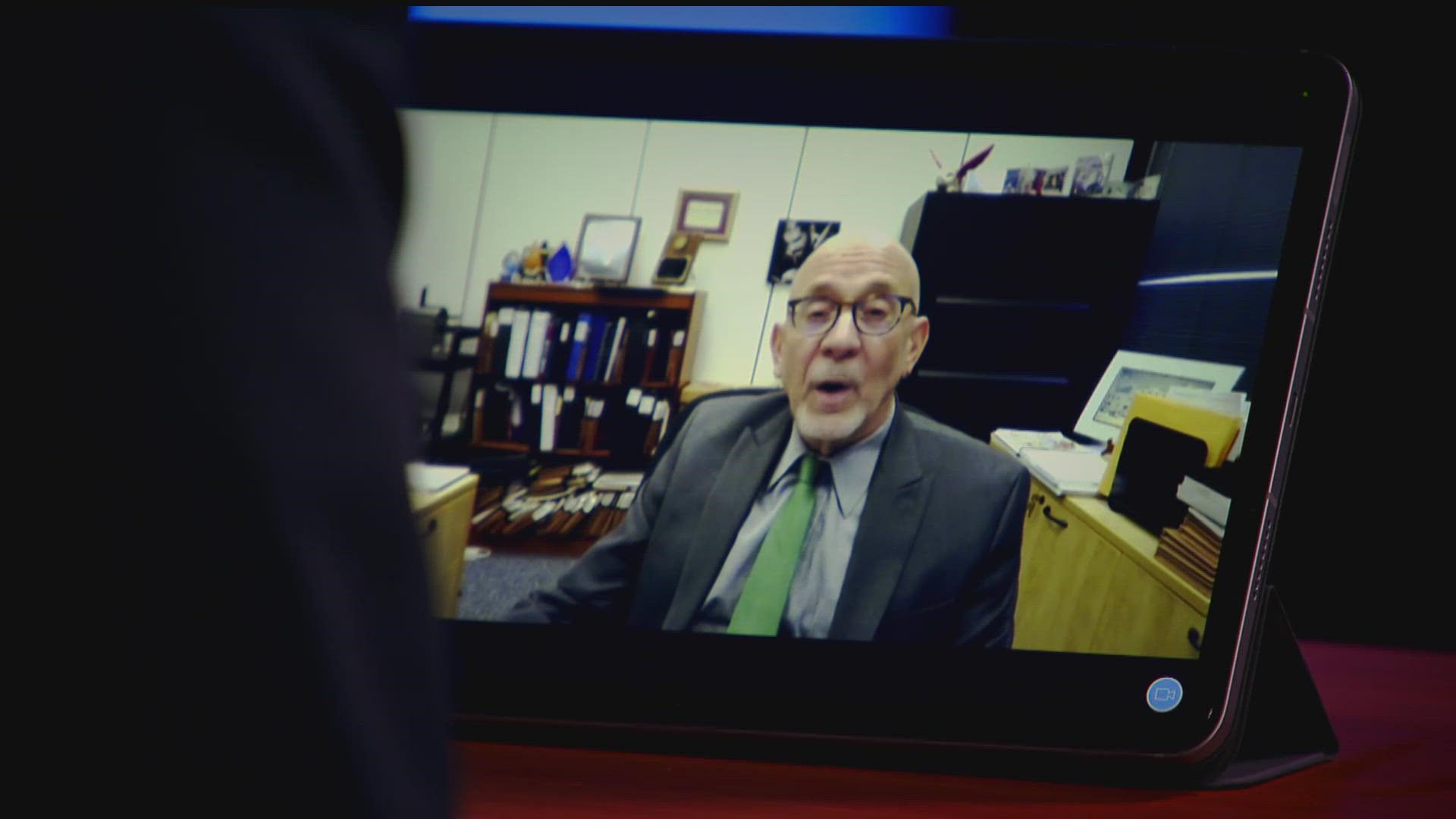MINNEAPOLIS — The chain of events leading to Amir Locke’s death began near a Brooklyn Park strip mall about a year and a half ago. It would intersect with failures in Minnesota’s juvenile justice system that would see a violent teen able to avoid prison. It would prompt police to get a no-knock warrant as they searched for the teen for a murder.
It would end with two people dead.
In September 2020, then-16-year-old Mekhi Speed got into a fight with a 22-year-old man at a strip mall that has seen a significant amount of violence the last two years.
The man told police that after he punched Speed, Speed went back to a car. Fearing Speed was getting a gun, the man ran to a nearby apartment complex as he heard gunshots whizzing by. One of the bullets went through his leg. A witness ID’d Speed as firing the shots, according to court records.
Speed would be charged with second degree assault and a minor in possession of a firearm, which carries a mandatory prison sentence.
Minnesota’s juvenile justice system is designed to hold defendants accountable while also working to rehabilitate them in an attempt to prevent kids from being institutionalized. Speed would plead guilty in the strip mall shooting and agree to what’s known as Extended Juvenile Jurisdiction. A three-year adult prison sentence was stayed until he was 21, so long as he followed the terms of his probation, remain law abiding and get treatment.
Speed was sent to the West Central Regional Juvenile Treatment Center’s secure residential program in Moorhead in December 2020.
After his discharge, Speed twice tested positive for pot in the summer of 2021. He failed to stay in regular contact with probation, failed to go to school regularly and failed to go to therapy, according to court records.
In October, Judge Shereen Askalani found Speed’s violation of his probation was “intentional and inexcusable.” Though she could have sent him to prison, Askalani ordered that Speed be released to his mother and put on 30 days of electronic home monitoring.
Then on Jan. 10, at about 9:30 at night, Speed is accused of murdering Otis Elder in St. Paul.
According to the criminal complaint, police watched a video of Elder's murder that showed the man who fired the gun wearing a dark jacket and light-colored hooded sweatshirt.
After the shooting, the man in the dark colored jacket and an accomplice hopped into a silver Mercedes and sped away. Police suspected that the Mercedes had been stolen in Nov. 27, 2021 -- about a month after a judge put Speed on home monitoring.
The Mercedes was involved in numerous crimes before Elder's murder, including three armed robberies and a police pursuit. After the murder, police tracked the Mercedes using MnDOT cameras to the Bolero Flats Apartments in downtown Minneapolis.
Police went to the building on Jan. 24 and met with witnesses who ID'd the man in the stolen Mercedes as Speed, according to the criminal charge. Video also showed him arriving at the Bolero Flats wearing similar clothes to the man who shot Elder.
Police identified three different apartments in the Bolero Flats where Speed could be, including apartment 701, where Speed's brother and his girlfriend lived. When police raided the unit on Feb. 2, the two of them were there, along with Amir Locke -- Speed's cousin.
Body cam video would show him appearing to wake up, holding a gun as he starts to move before officer Mark Hanneman shoots and kills him.
No record made available suggests Locke had anything to do with Elder's murder.
Speed was not in any of the three apartments raided, but police did find clothing that matched what he was seen wearing on video during Elder's murder, according to the complaint.
Speed was arrested in Winona about five days after the raid, where he was found with a loaded gun in his jacket, according to the criminal complaint.
The juvenile justice's system attempt to keep Speed from being institutionalized has likely failed. If convicted as an adult for Elder’s murder, Speed faces a minimum of 23 years in prison.



